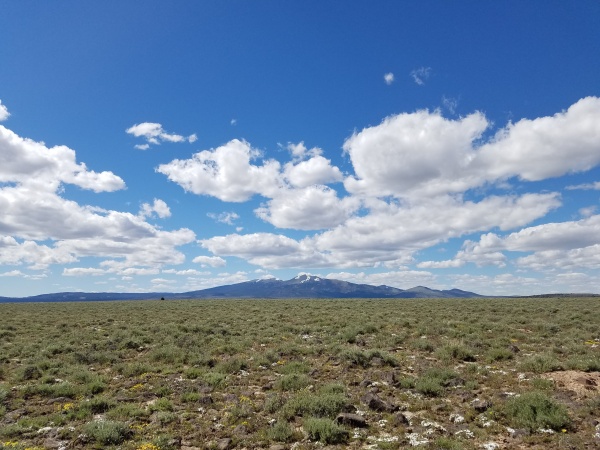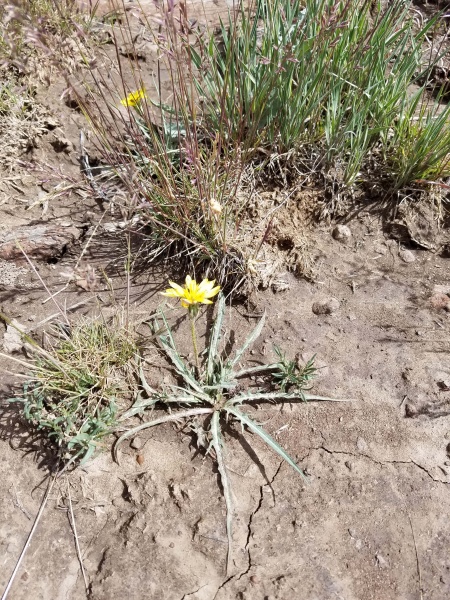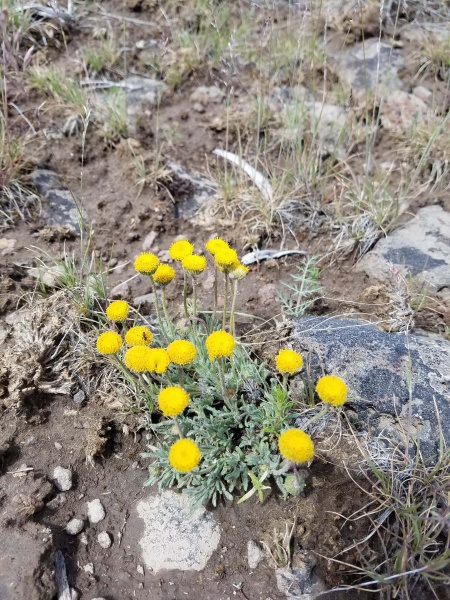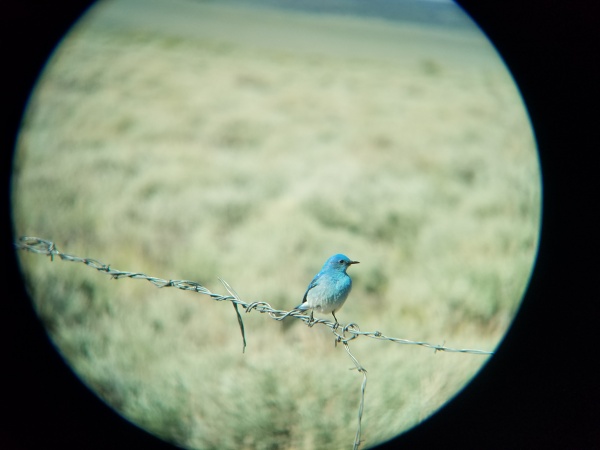I have been working here in Idaho for just over a month now, and our crew is starting to really get rolling on our surveys. We are finishing up our work in the lower country just in time, this last week the heat started to set in and the plants are feeling it! The only thing harder than identifying plants that you aren’t familiar with is identifying plants that are unfamiliar AND dried up husks of their former selves. We will be moving up into higher country in the next few weeks which will allow us to work with some fresher specimens.
One of the things that is new to me being out west is the specter of fires. Many of the sites we have been working in have had a fire roll through them, and the lasting effects can be dramatic. We tagged along with the fuel monitoring crew for a field day travelling to different burn sites and seeing how the BLM restores the sites. It was neat to see how areas in different stages of restoration look differently, and hearing about the process was interesting. They do a mix of drill and aerial seeding to introduce native grasses and cover species back into the plots in an effort to stop the spread of invading annual grasses, cheat grass (Bromus tectorum) and medusa-head (Taeniatherum caput-medusae). These grasses can easily and densely colonize ground opened by fire disturbance. The kicker is that they mature and die quickly, which in turn increases the likelihood of fire breaking out again. Seeding select species, and treating weeds when necessary, can reduce the area these grasses can cover, as well as reintroducing diversity into the plots.

This site hasn’t had a fire in a while, sagebrush and other species are present, and the open ground is covered with a biotic crust, which reduces the chance of invasive grasses moving in.
We also spent a day collecting seed for the Seeds of Success program. This program collects seed of native plant species for conservation purposes, as well as using them to re-seed sites hit by fire. The seeds we were looking for were false dandelion (Agoseris sp.) and false agoseris (Nothocalais troximoides). Yes, these plants are very similar. I was able to keep them straight thanks to guidance from our mentor, and once we learned the difference the collecting was pretty easy. I was literally paid to pick flowers for a day, and it was amazing.
Shoshone Field Office
Bureau of Land Management


![20160609_102631[1]](https://dev-clm-blog.pantheonsite.io/wp-content/uploads/2016/06/20160609_1026311-300x169.jpg)






























